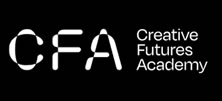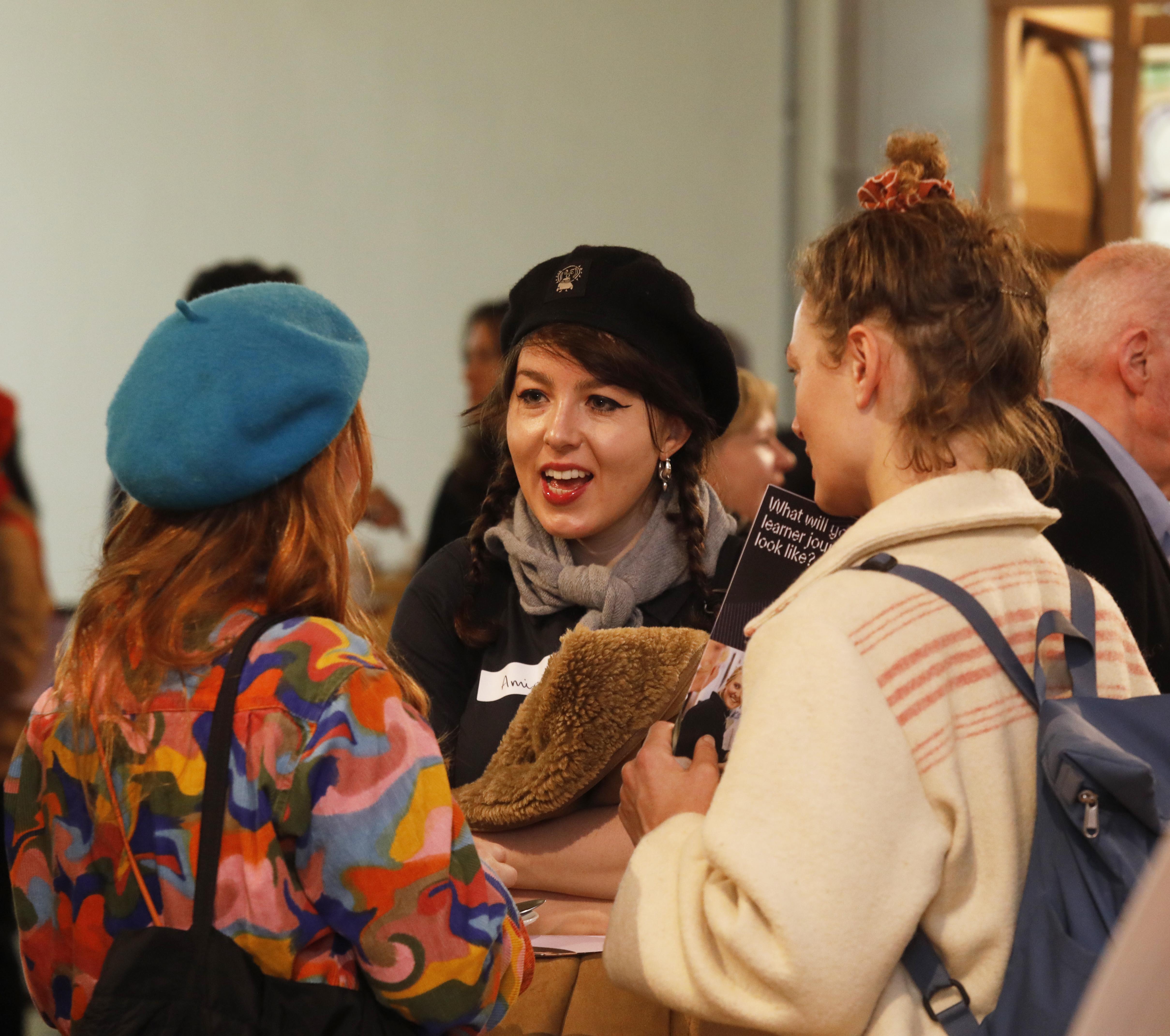Course Summary
The postgraduate certificate involves the application of electronics technologies to artistic and design practice, from the point of view of creative, aesthetic, mood and thematic aspects of art and the problem-solution paradigm of design in an elegant sense.
The course will explore applications of electronics technologies in a basic, mixed media sense, within a thematic research context, underpinned by academic methodologies, leaning heavily into the learners’ existing creative practices, in terms of practical projects of their collective choice. Learners will ultimately gain practical and research knowledge, skills and competencies applicable within their own professional context.
The course will allow you to:
- Explore your own creative practice
- Conduct academic research to determine how your professional practice can be enhanced through technology
- Undertake practice in developing electronics systems involving audio, visual and tactile sensors, microcontrollers, audio, visual and kinetic actuators
- Develop a portfolio, documenting your learning journey in the course
- Participate in group projects, to produce an electronics prototype, proof-of-concept artefact in the creative space.
College Link
Career Sectors
This course prepares you for working in the Career Sectors below. Follow the links to get a fuller understanding of the sectors you are preparing for.
Entry Requirements
Application Details
IADT
Application Date:
31/08/2025
The Student
Career Interests
This course is typically suited for people with the following Career Interests. If these interests do not describe you, this course may prepare you for work you may not find satisfying.
Creative
Creative people are drawn to careers and activities that enable them to take responsibility for the design, layout or sensory impact of something (visual, auditory etc). They may be atrracted to the traditional artistic pursuits such as painting, sculpture, singing, or music. Or they may show more interest in design activities, such as architecture, animation, or craft areas, such as pottery and ceramics.
Creative people use their personal understanding of people and the world they live in to guide their work. Creative people like to work in unstructured workplaces, enjoy taking risks and prefer a minimum of routine.
Realist
Realists are usually interested in 'things' - such as buildings, mechanics, equipment, tools, electronics etc. Their primary focus is dealing with these - as in building, fixing, operating or designing them. Involvement in these areas leads to high manual skills, or a fine aptitude for practical design - as found in the various forms of engineering.
Realists like to find practical solutions to problems using tools, technology and skilled work. Realists usually prefer to be active in their work environment, often do most of their work alone, and enjoy taking decisive action with a minimum amount of discussion and paperwork.






